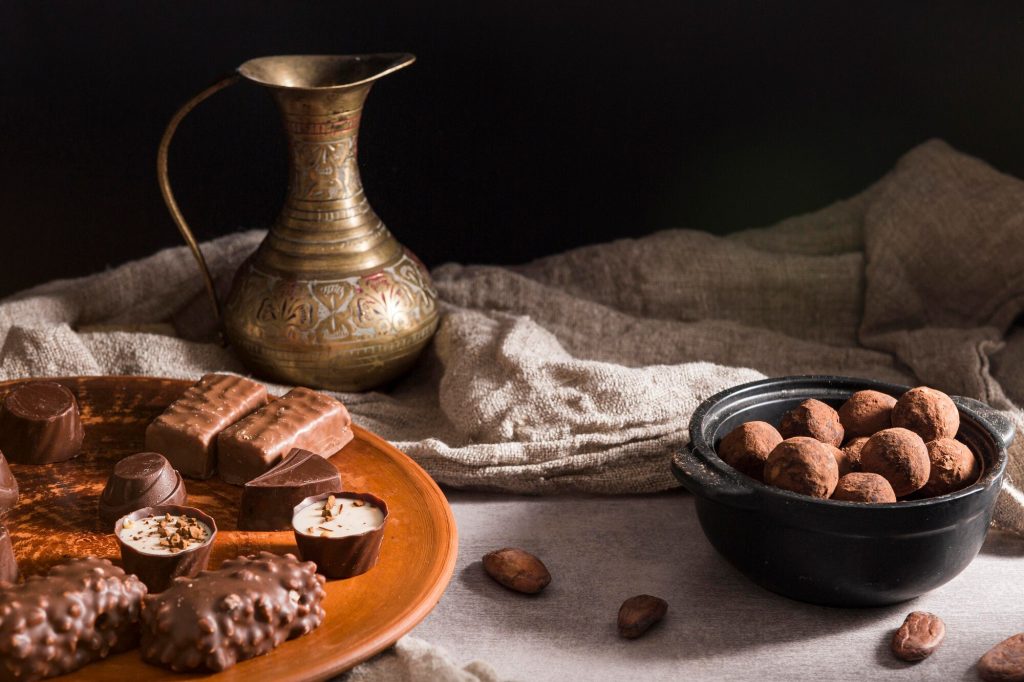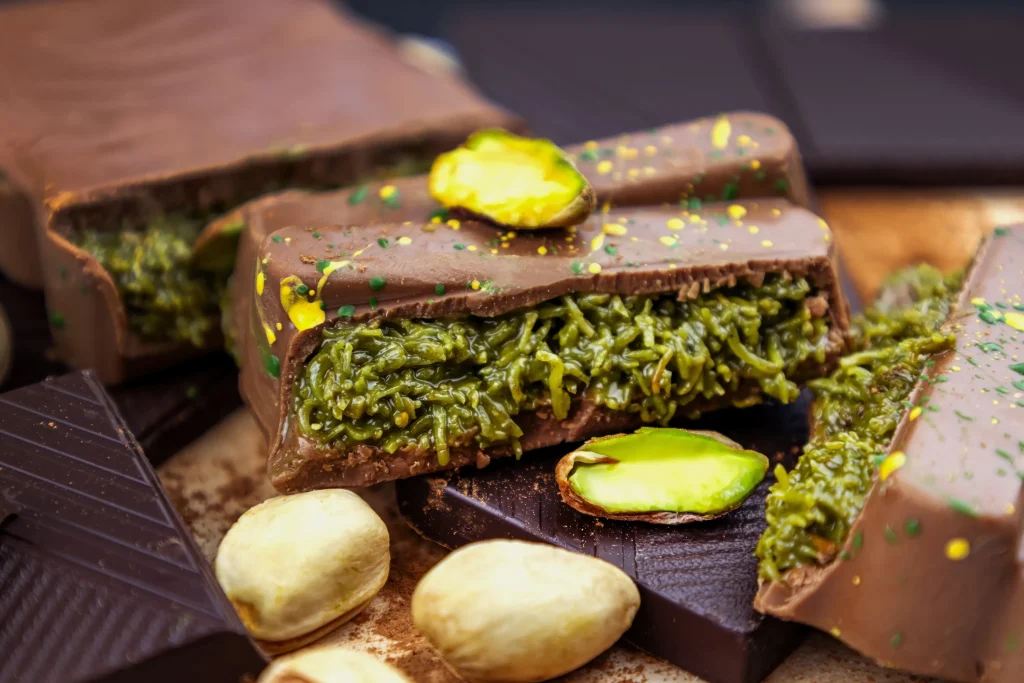The History of Chocolate
Chocolate, one of the world’s most beloved treats, has a rich and fascinating history that spans thousands of years. Its origins can be traced back to around 1900 BCE in Central America, where ancient civilizations such as the Olmecs, Mayans, and Aztecs first discovered the cacao bean. These early peoples did not consume chocolate the way we do today. Instead, they ground roasted cacao beans into a bitter beverage often mixed with spices like chili and consumed it during religious rituals or as a symbol of power and wealth.
For the Aztecs, cacao held such significance that it was even used as currency. They believed the cacao tree was a gift from the gods, and its beans were considered sacred. The drink made from cacao was known as “xocolatl,” meaning “bitter water” in the Nahuatl language, and it was mainly reserved for nobility, warriors, and priests.
In the 16th century, Spanish explorers such as Hernán Cortés brought cacao beans back to Europe after their encounters with the Aztecs. At first, Europeans found the bitter taste unpleasant. However, they began adding sugar, cinnamon, and milk to the mixture, transforming it into the sweet and creamy version more familiar to us today. Chocolate quickly became popular among European aristocracy, eventually spreading throughout the continent.
By the 19th century, advances in technology and machinery revolutionized the chocolate industry. In 1828, a Dutch chemist named Coenraad van Houten invented a method for extracting fat (cocoa butter) from cacao beans, producing a fine cocoa powder. This process paved the way for the creation of solid chocolate. Later, in 1847, the first modern chocolate bar was developed by Joseph Fry in England, followed by the introduction of milk chocolate by Daniel Peter and Henri Nestlé in Switzerland.
Today, chocolate is enjoyed in countless forms around the world—dark, milk, white, filled, or flavored. It plays a key role in celebrations, gift-giving, and culinary creations. Despite its transformation over the centuries, chocolate remains a symbol of pleasure, indulgence, and even love.


